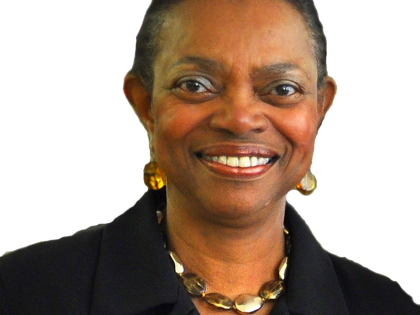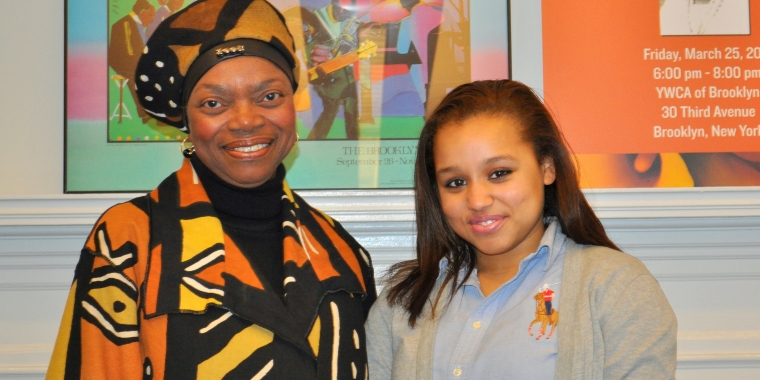
Naturally Occuring Retirement Communities (norcs)
Velmanette Montgomery
NORC: “AGING IN PLACE” WITH NEIGHBORS
by NYS Senator Velmanette Montgomery
The growing trend of senior citizens desiring to “age-in-place” in supportive living environments has paved the way for an innovative living concept: NORCs or Naturally Occurring Retirement Communities.
These intergenerational “communities” can be apartment buildings, housing complexes, or neighborhoods not originally intended for retirement or senior housing. The common thread is that the practice of New Yorkers “aging in place” — or not moving away from their homes over a long period of time — naturally results in a community where the majority of residents are 60 years of age or older. A typical NORC resident is a person who moved into a particular area or building when younger and has remained there ever since.
NORCs are a sensible, cost effective way to enable senior citizens to remain in their homes, maintain important ties with family members and friends, and live independently for a longer period of time. Of the approximately 1.25 million seniors in the City, an estimated 400,000 live in NORCs and have access to on-site supportive service programs.
Here in New York State there are 29 NORCs, with 27 located in New York City. Seven of these programs exist in New York City Housing Authority (NYCHA) developments (one in the Bronx, two in Queens, three in Manhattan, and one in Brooklyn). Some NORC programs are exclusively funded by the New York State Office for the Aging. Others receive state assistance as well as funding from the New York City Department for the Aging.
As the number of older tenants has grown, many NORCs have incorporated supportive services programs to serve the residents who live there. The services vary from one NORC to another, and are related to a great extent to the needs of the seniors themselves. They include, but are not limited to: social services; health care, mental health services; legal and financial services; recreation, educational and cultural activities; and volunteer opportunities.
There are several buildings throughout my Brooklyn Senate District where a large number of senior citizens reside. These dwellings fit the profile of a NORC, but have not received official classification as Naturally Occurring Retirement Communities. Consequently, hundreds of my constituents are being denied the benefit of state- and cityfunded supported services that residents in comparable cooperative, rental and public housing developments now enjoy. Among the “communities” in my Senate District that are deserving of official NORC status are: Kingsview Houses, Ryerson Towers, St. James Towers, and Willoughby Walk.
New York State’s support of NORCs is not keeping pace with the desire for this supportive service housing program. Governor Pataki has recommended $1.2 million in his 2005-2006 Executive Budget to support NORCs — the same amount of money he has proposed for the past decade. This year, the Senate proposes doubling this amount for a total of $2.4 million. As New York’s population continues to age, this increase in support is both long overdue and necessary. The Governor needs to see his way clear to approve it.We need more NORCs in Brooklyn and statewide.
For more information about the NORC supportive service programs throughout the City, call the NYC Department for the Aging at 212-442-1384. To find out more about NORCs outside the City, call the NYS Office for the Aging at 518-474-4425.
Private citizens and representatives of organizations are invited to present testimony on the expansion of the Naturally Occurring Retirement Community (NORC) Supportive Service Program at a public hearing in Albany, New York on Monday, April 11, 2005. The hearing is sponsored by the New York State Assembly Committee on Aging. It will begin at 10 a.m. in the Roosevelt Hearing Room C, Legislative Office Building, 2nd Floor. For public hearing details and to register to testify, please contact Debbie Holland at 518-455-4371.
Share this Article or Press Release
Newsroom
Go to NewsroomNY Law Requires Parents in Prison Be Housed Closest to Kids
January 28, 2021
NY law requires parents in prison be housed closest to kids
January 3, 2021

